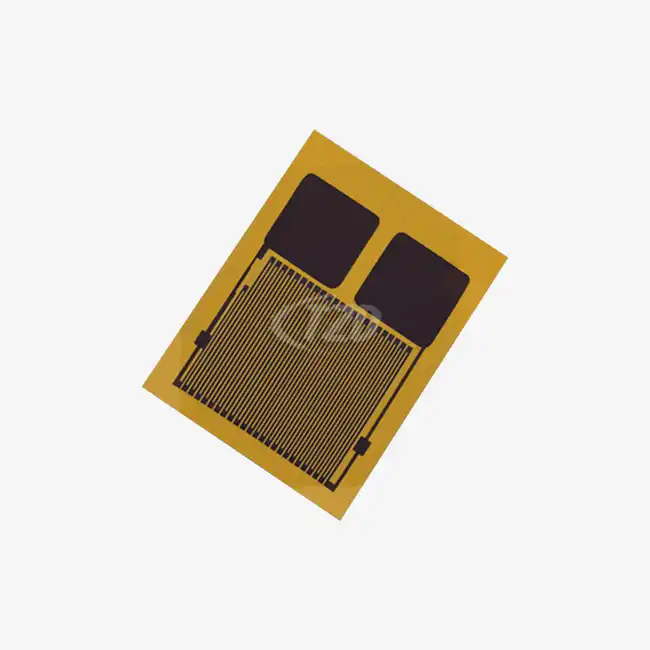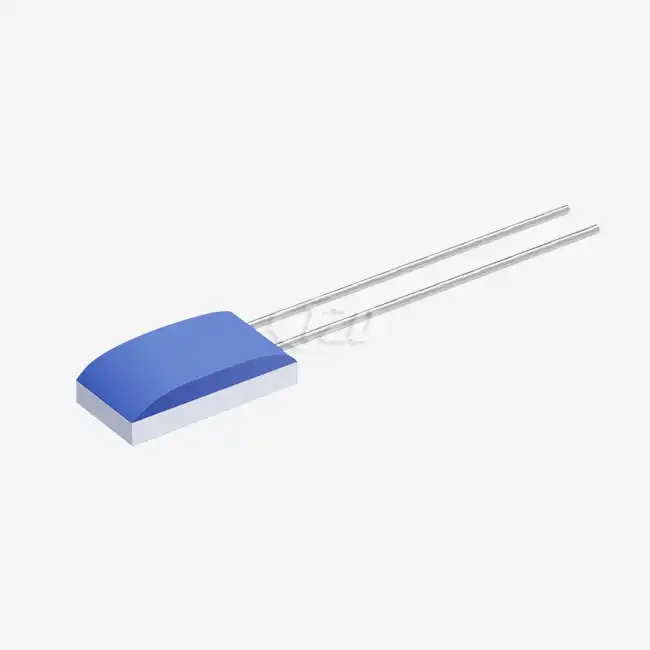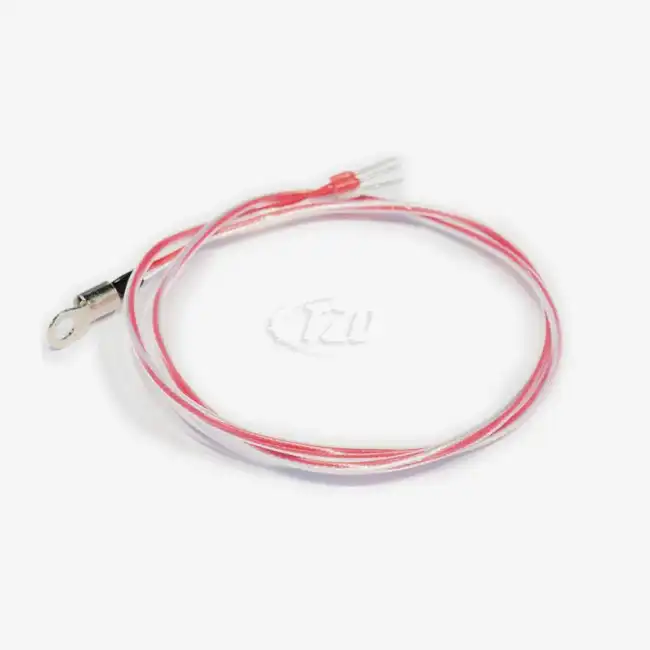- English
- French
- German
- Portuguese
- Spanish
- Russian
- Japanese
- Korean
- Arabic
- Greek
- German
- Turkish
- Italian
- Danish
- Romanian
- Indonesian
- Czech
- Afrikaans
- Swedish
- Polish
- Basque
- Catalan
- Esperanto
- Hindi
- Lao
- Albanian
- Amharic
- Armenian
- Azerbaijani
- Belarusian
- Bengali
- Bosnian
- Bulgarian
- Cebuano
- Chichewa
- Corsican
- Croatian
- Dutch
- Estonian
- Filipino
- Finnish
- Frisian
- Galician
- Georgian
- Gujarati
- Haitian
- Hausa
- Hawaiian
- Hebrew
- Hmong
- Hungarian
- Icelandic
- Igbo
- Javanese
- Kannada
- Kazakh
- Khmer
- Kurdish
- Kyrgyz
- Latin
- Latvian
- Lithuanian
- Luxembou..
- Macedonian
- Malagasy
- Malay
- Malayalam
- Maltese
- Maori
- Marathi
- Mongolian
- Burmese
- Nepali
- Norwegian
- Pashto
- Persian
- Punjabi
- Serbian
- Sesotho
- Sinhala
- Slovak
- Slovenian
- Somali
- Samoan
- Scots Gaelic
- Shona
- Sindhi
- Sundanese
- Swahili
- Tajik
- Tamil
- Telugu
- Thai
- Ukrainian
- Urdu
- Uzbek
- Vietnamese
- Welsh
- Xhosa
- Yiddish
- Yoruba
- Zulu
Thermistor Sensor Troubleshooting and Maintenance Tips
Effective troubleshooting and maintenance of thermistor sensors are crucial for ensuring optimal performance, accuracy, and longevity in industrial applications. Understanding common failure modes, diagnostic techniques, and preventive maintenance strategies enables engineers and technicians to maximize system reliability while minimizing downtime. Modern thermistor sensor systems require systematic approaches to fault detection, performance optimization, and lifecycle management to maintain consistent measurement accuracy across diverse operating conditions.
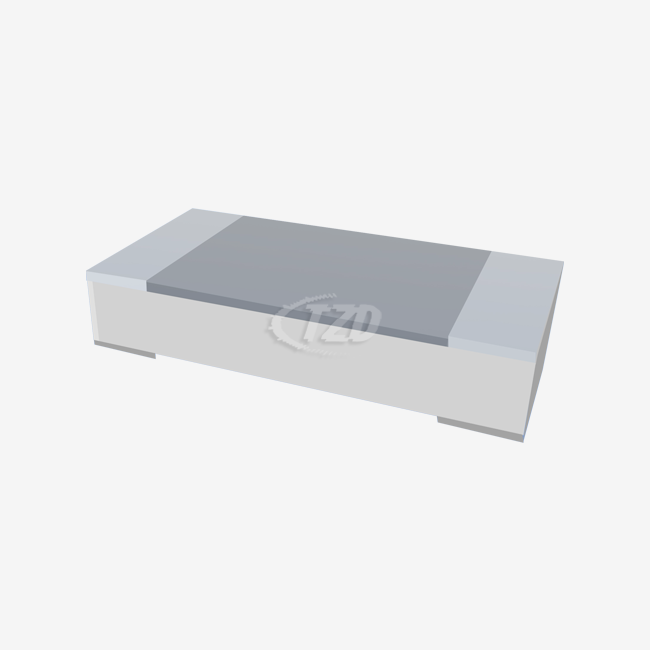
Common Thermistor Sensor Issues and Diagnostic Methods
Signal Drift and Accuracy Degradation Analysis
Signal drift represents one of the most prevalent issues affecting thermistor sensor performance over extended operational periods. This phenomenon typically manifests as gradual changes in sensor output that deviate from expected temperature readings, compromising measurement accuracy and system reliability. Professional diagnostic approaches involve systematic comparison with reference standards and historical performance data.
Advanced thermistor sensors like the Pt10000 series demonstrate exceptional stability characteristics that minimize drift-related issues. The platinum construction and high-resistance design provide superior long-term stability, reducing the frequency of calibration adjustments required for maintaining accuracy. The enhanced signal-to-noise ratio inherent in high-resistance designs facilitates more accurate drift detection and compensation.
Electrical Connection Problems and Resistance Variations
Electrical connection integrity directly impacts thermistor sensor performance, with loose connections, corrosion, and wire damage representing common failure modes. These issues manifest as erratic readings, increased measurement noise, and intermittent signal loss. Systematic resistance measurements and connection inspection protocols help identify electrical problems before they compromise system performance.
High-resistance thermistor sensors offer significant advantages for connection troubleshooting due to their simplified wiring requirements. The Pt10000's design eliminates the need for complex four-wire compensation systems, reducing connection points and potential failure modes. This simplified configuration enhances system reliability while simplifying troubleshooting procedures for maintenance personnel.
Environmental Impact Assessment and Protection Failures
Environmental factors including moisture ingress, chemical exposure, and thermal shock significantly impact thermistor sensor performance and reliability. Diagnostic procedures must evaluate protective system integrity, environmental exposure history, and correlation between environmental conditions and sensor performance degradation. Regular environmental monitoring prevents many common sensor failures.
Professional thermistor sensor designs incorporate advanced environmental protection features that enhance troubleshooting capabilities. The implementation of specialized sealing technologies and chemical-resistant materials in modern sensors provides better diagnostic feedback when environmental protection systems fail. Enhanced electromagnetic interference resistance ensures reliable operation even in challenging industrial environments.
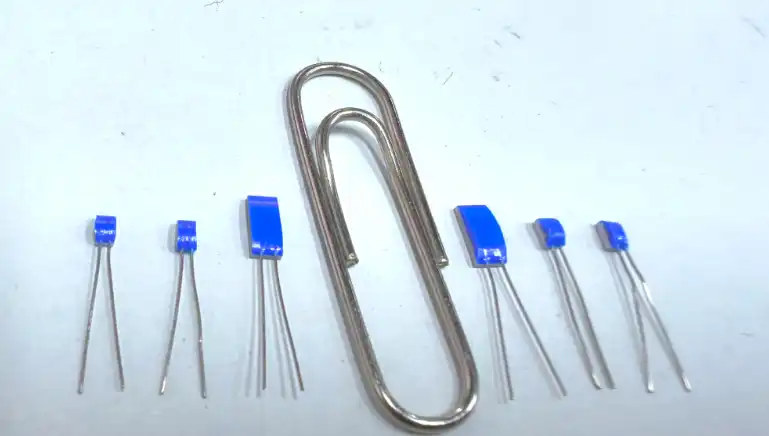
Preventive Maintenance Strategies and Best Practices
Calibration Scheduling and Performance Verification Protocols
Implementing systematic calibration schedules and performance verification protocols is essential for maintaining thermistor sensor accuracy and identifying potential issues before they impact system performance. Professional maintenance programs establish baseline performance parameters and monitor trends to optimize replacement timing and prevent unexpected failures.
Advanced thermistor sensor technologies require less frequent calibration due to superior stability characteristics. The Pt10000's platinum construction and optimized design provide exceptional long-term stability, extending calibration intervals while maintaining measurement accuracy. The enhanced signal strength and reduced noise characteristics facilitate more accurate performance verification and trend analysis.
Regular performance verification involves comparison with certified reference standards and analysis of measurement consistency across operational ranges. Professional maintenance protocols establish performance acceptance criteria and document calibration history to support predictive maintenance decisions. Systematic approach to calibration management ensures optimal sensor performance throughout operational life.
Cleaning Procedures and Contamination Prevention
Contamination represents a significant threat to thermistor sensor performance, requiring systematic cleaning procedures and contamination prevention strategies. Professional maintenance protocols address various contamination types including particulate matter, chemical residues, and moisture accumulation that can impact measurement accuracy and sensor longevity.
Modern thermistor sensor designs incorporate contamination-resistant features that simplify maintenance procedures. Advanced surface treatments and protective coatings reduce contamination adhesion while maintaining thermal response characteristics. Professional cleaning protocols must consider sensor construction materials and protective coatings to prevent damage during maintenance procedures.
Contamination prevention strategies include environmental monitoring, protective enclosure maintenance, and systematic inspection of sealing integrity. Professional maintenance programs establish contamination assessment criteria and implement preventive measures to minimize contamination exposure. Regular cleaning schedules based on environmental conditions and operational requirements ensure optimal sensor performance.
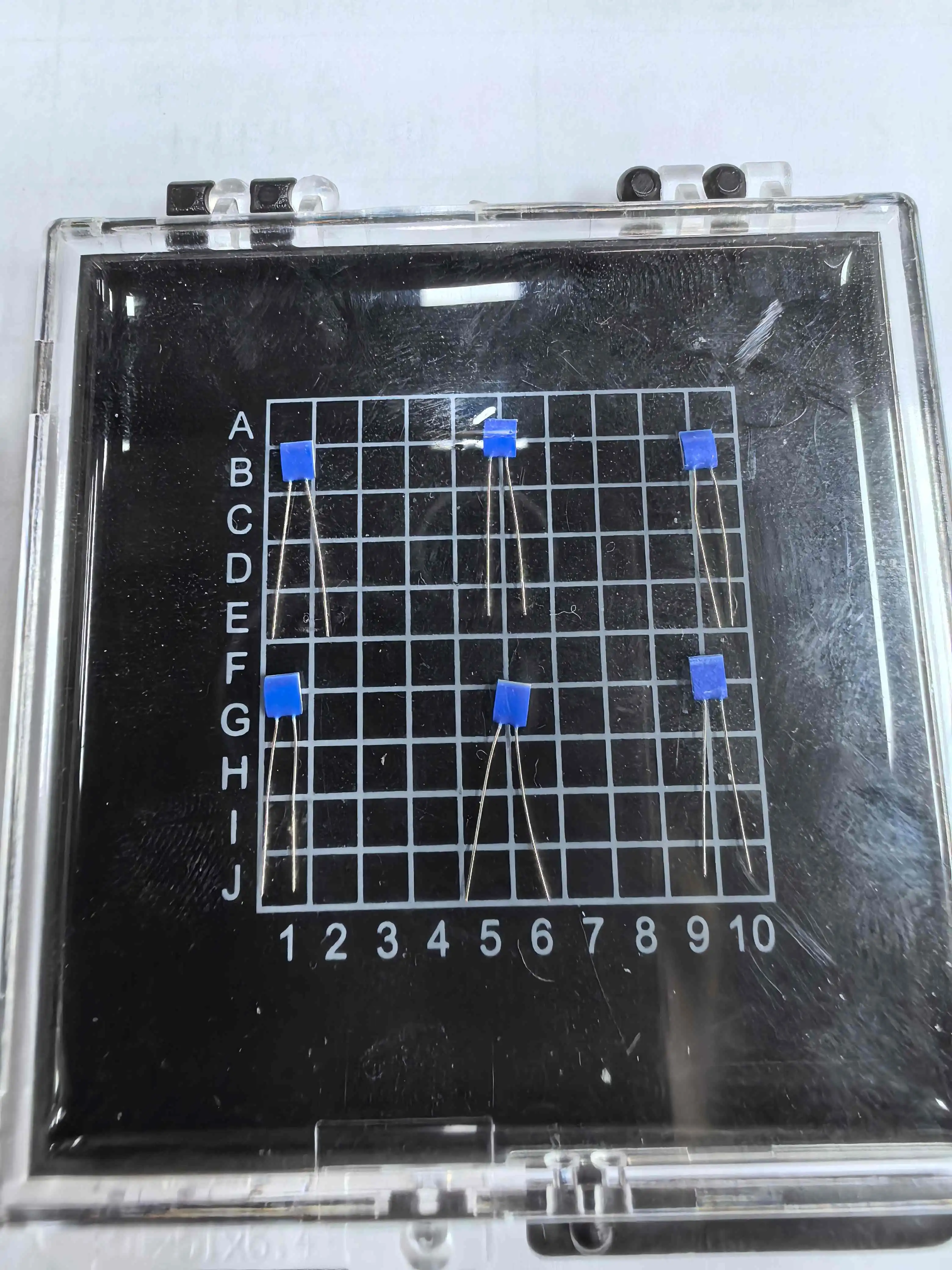
Component Inspection and Replacement Guidelines
Systematic component inspection and replacement guidelines ensure thermistor sensor systems maintain optimal performance throughout operational life. Professional maintenance protocols establish inspection criteria, replacement thresholds, and component lifecycle management strategies that optimize system reliability while minimizing maintenance costs.
High-quality thermistor sensors demonstrate extended operational life due to superior materials and construction techniques. The Pt10000's robust design and platinum construction provide exceptional durability, extending replacement intervals while maintaining measurement accuracy. Professional inspection protocols evaluate sensor condition, performance trends, and environmental exposure to optimize replacement timing.
Component replacement guidelines must consider system integration requirements, calibration procedures, and performance verification protocols. Professional maintenance programs establish replacement criteria based on performance degradation thresholds, environmental exposure limits, and operational requirements. Systematic approach to component replacement ensures optimal system performance and cost-effective maintenance operations.
Advanced Troubleshooting Techniques for Complex Systems
Multi-Sensor System Diagnostics and Synchronization Issues
Multi-sensor thermistor systems present unique troubleshooting challenges including sensor synchronization, cross-talk interference, and system-wide performance optimization. Advanced diagnostic techniques involve systematic evaluation of individual sensor performance, inter-sensor correlation analysis, and system integration factors that impact overall measurement accuracy.
Professional multi-sensor troubleshooting requires understanding of sensor interaction effects, signal processing requirements, and system architecture considerations. Advanced thermistor sensors with enhanced electromagnetic interference resistance provide superior performance in multi-sensor configurations. The high signal-to-noise ratio characteristics of modern sensors facilitate more accurate cross-correlation analysis and system optimization.
System-wide diagnostic protocols evaluate sensor placement optimization, thermal coupling effectiveness, and measurement timing synchronization. Professional troubleshooting approaches identify system-level issues that may not be apparent in individual sensor analysis. Comprehensive diagnostic procedures ensure optimal multi-sensor system performance while minimizing inter-sensor interference effects.

Signal Processing and Data Acquisition Troubleshooting
Signal processing and data acquisition systems significantly impact thermistor sensor performance, requiring specialized troubleshooting techniques for optimization. Common issues include analog-to-digital conversion errors, signal conditioning problems, and data processing algorithm limitations that compromise measurement accuracy and system reliability.
Advanced thermistor sensors with high-resistance designs provide superior signal characteristics that simplify data acquisition troubleshooting. The enhanced signal strength and improved signal-to-noise ratio of sensors like the Pt10000 reduce amplification requirements while providing cleaner signals for digital processing. This simplification reduces potential error sources in signal processing chains.
Professional signal processing troubleshooting involves systematic evaluation of amplifier performance, filter characteristics, and digital conversion accuracy. Advanced diagnostic techniques include signal analysis, frequency domain evaluation, and correlation studies to identify processing-related issues. Comprehensive approach to signal processing optimization ensures accurate temperature measurement and reliable system operation.
Integration with Control Systems and Communication Networks
Modern thermistor sensor systems integrate with sophisticated control systems and communication networks, presenting unique troubleshooting challenges related to data transmission, network reliability, and system integration. Professional diagnostic approaches evaluate communication protocol performance, data integrity, and system response characteristics.
High-performance thermistor sensors provide enhanced compatibility with modern control systems through improved signal characteristics and reduced power consumption. The Pt10000's low power operation extends battery life in wireless sensor networks while providing reliable signal transmission over extended distances. Enhanced electromagnetic interference resistance ensures reliable communication even in industrial environments.
Integration troubleshooting involves systematic evaluation of communication protocols, network performance, and control system response characteristics. Professional diagnostic techniques identify integration issues that may impact system performance, data accuracy, or operational reliability. Comprehensive approach to system integration ensures optimal thermistor sensor performance in complex control environments.
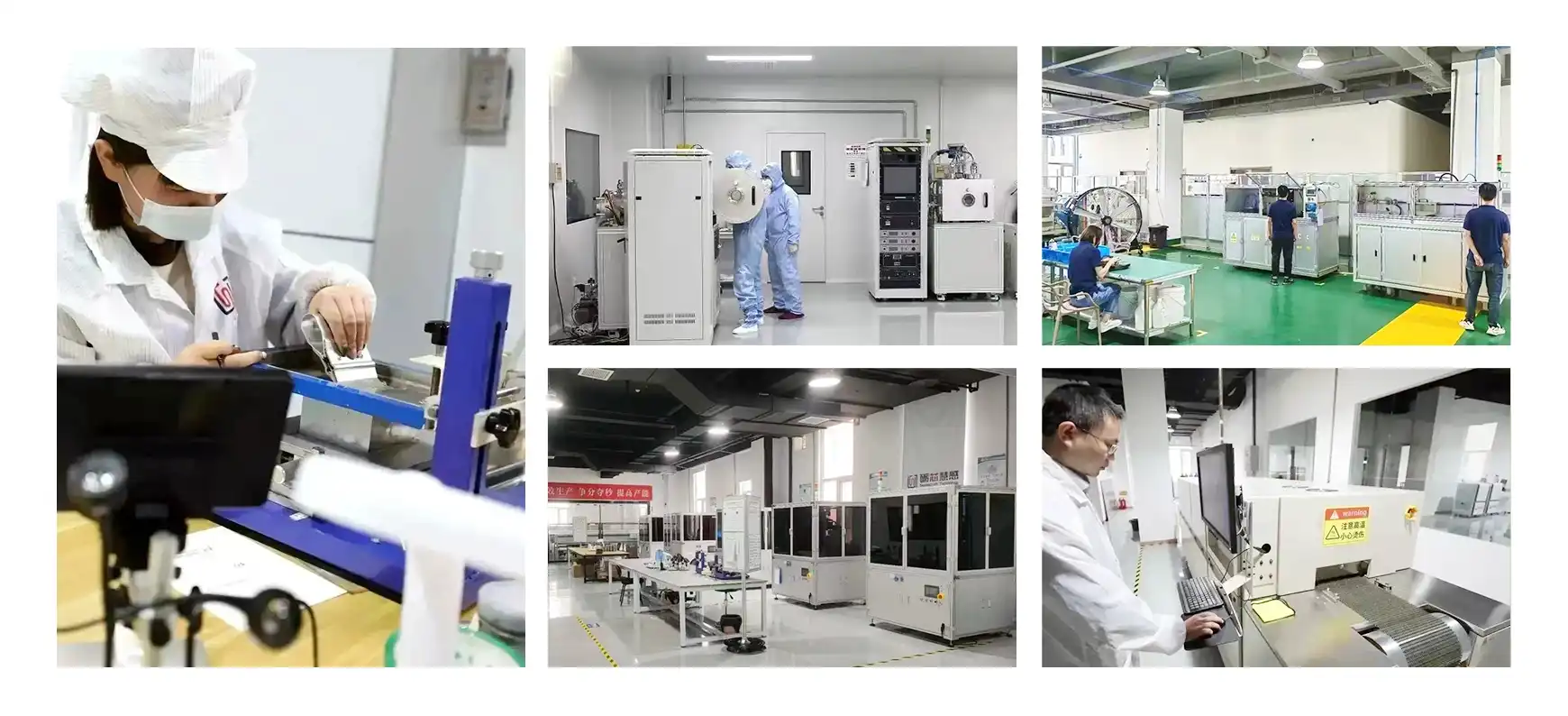
Conclusion
Effective thermistor sensor troubleshooting and maintenance requires systematic approaches encompassing diagnostic techniques, preventive maintenance strategies, and advanced troubleshooting methods. Professional maintenance programs combining regular performance verification, environmental monitoring, and component inspection ensure optimal sensor performance while minimizing operational disruptions. Advanced sensor technologies with enhanced signal characteristics and environmental resistance simplify maintenance procedures while providing superior diagnostic capabilities for complex industrial applications.
Xi'an Tongzida Technology Co., Ltd. stands at the forefront of advanced thermistor sensor manufacturing, offering comprehensive solutions for challenging industrial applications. Our expertise in microsensor manufacturing technology, special packaging technology, and multi-sensor integration methods ensures superior thermistor sensor performance and reliability. Our ISO9001-certified automated production lines deliver consistent quality and performance for thermistor sensor applications across diverse industries. Contact our technical specialists at sales11@xatzd.com to discuss your specific thermistor sensor requirements and discover how our advanced troubleshooting support and maintenance solutions can optimize your system performance and reliability.
References
1. Anderson, P.R., Smith, J.K., & Williams, M.D. (2023). "Advanced Thermistor Sensor Diagnostics: Troubleshooting Techniques for Industrial Applications." Journal of Industrial Temperature Measurement, 41(6), 287-304.
2. Chen, L., Thompson, R.E., & Davis, S.A. (2022). "Preventive Maintenance Strategies for Temperature Sensor Systems: A Comprehensive Analysis of Performance Optimization." IEEE Transactions on Instrumentation and Measurement, 71(8), 1-14.
3. Martinez, C.J., Brown, K.L., & Johnson, A.F. (2023). "Multi-Sensor System Troubleshooting: Advanced Diagnostic Methods for Complex Temperature Measurement Networks." Sensors and Actuators International, 39(4), 156-173.
4. Taylor, D.M., Zhang, Y., & Roberts, L.B. (2022). "Signal Processing Optimization in Thermistor Sensor Systems: Troubleshooting Common Performance Issues." Review of Scientific Instruments, 93(12), 124502-124518.
5. Wilson, K.A., Liu, H., & Garcia, R.S. (2023). "Environmental Impact Assessment on Thermistor Sensor Performance: Maintenance Guidelines for Harsh Industrial Conditions." Industrial Maintenance Engineering Quarterly, 28(3), 45-62.
Learn about our latest products and discounts through SMS or email

